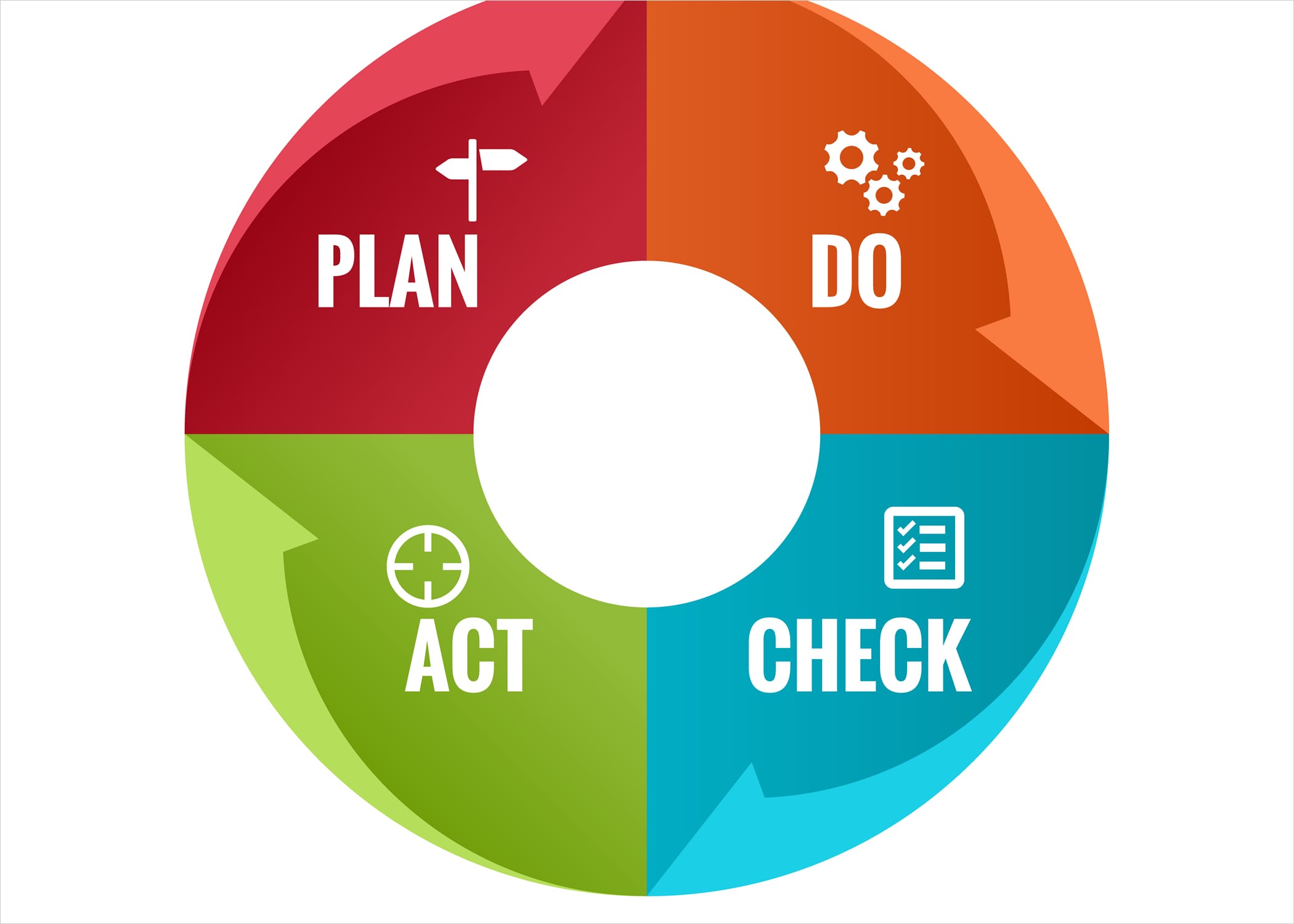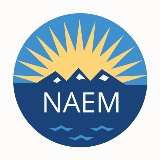New ISO Standards Encourage Adherence to the Spirit of the Standard

"When they did the 2004 version, they had an 18-month transition. Now they're looking at a transition of as long as three years [and] I don't think it's just because they're being nice," said James Margolis, a Partner with Environmental Resources Management, who consults with companies on their EHS and sustainability programs. "It's not just a tweaking; I think it is a significant change."
Among the biggest differences, Mr. Margolis says, are the new provisions that will require companies to define the 'context' of their operations from a lifecycle perspective. This analysis should cover both internal and external risks, including those that affect a company's stakeholders.
"They're requiring you to look at the procurement process and how you design your products and processes, how you manage outsourced activities. Some people may have included that in an ISO EMS before, but more often than not, I would stay that people did not," he said.
Another important shift is the emphasis the standard will now place on leadership involvement with the entire management system. Mr. Margolis said this change is intended to prevent companies from delegating responsibility for the program to a solitary management representative or implementer.
"That's a fundamental difference. They didn't have anything significant on leadership before" he said.
This new role for leadership is even reflected in an updated illustration of the 'Plan-Do-Check-Act' process, which now includes a circle in the center of the graphic to demonstrate the importance of executive involvement in environmental activities.
"To really have an effective system it needs to be bought into at the bottom and led from the top," Mr. Margolis said.
As substantial as the ISO updates may be, they don't seem to faze Hector Rodriguez, Director, Global EHS & Sustainability at Biogen Idec, who says that leadership commitment is already a cornerstone for how his company implements ISO 14001 at its facilities.
"We achieve a high level of engagement at high levels of the organization," he said. "If companies that take the ISO protocol for the spirit of it—whether or not they're certified—then nothing should be different."
One of the ways that the company's leaders are involved with the process, Mr. Rodriguez says, is through the ISO-mandated 'management review process', which calls for regular input on audit findings, corrective actions and recommendations for improvement.
Similarly, site managers at TriMas Corp. are required to conduct daily inspections, according to Al Bostain, Global Director of Environmental Health, Safety, Sustainability and Security.
"When they're doing their daily reviews, they'll actually touch safety, and they'll touch environmental on an ongoing basis," he said. "The idea is to build it into the culture so that it's a sustainable item and not just [something that someone] 'tick[s] the mark on a checklist.'"
Another sign that the values are embedded into the leadership approach, he says, is reflected in the goal-setting and budgeting process.
"When they set their goals, is it the EHS manager that says, 'This is what I want to do this year?' Or is it a management team deciding what they want to do better?" he said. "If it's the management team that comes up with the ideas and spreads out who is doing [the work] then it's part of the culture."
An organization that values environmental management also provides the appropriate resources to the program, and connects those goals to the overall business goals, Mr. Bostain said. A well-adopted environmental management system also permeates how the business thinks about new changes to its operations.
"Is it something that when they're looking at a new process they give consideration to what environmental issues will be impacted by that? Early on in the process, looking at the regulatory side, will it require new permits? Will it produce a new waste stream?" he said.
Mr. Rodriguez likewise says that this systemic look at regulatory requirements and risks is the foundation of the platform that ISO 14001 provides, whether or not an organization is certified to the standard. This, he says, is unlikely to change.
"If you have an organization that's aware of its legal obligations and that has processes to identify and mitigate risk then you have 80 percent of the work done from an EHS perspective," he said. "What happens after [that] depends on the results of those two initial steps."
Topics:
Compliance Excellence
Related
About the Author

NAEM Staff
The National Association for Environmental, Health and Safety, and Sustainability (EHS&S) Management (NAEM) empowers corporate leaders to advance environmental stewardship, create safe and healthy workplaces and promote global sustainability. As the
leading business community for EHS&S decision-makers, we provide engaging forums, a curated network, peer benchmarking, research insights and tools for solving today’s corporate EHS&S management challenges. Visit us online at naem.org.

